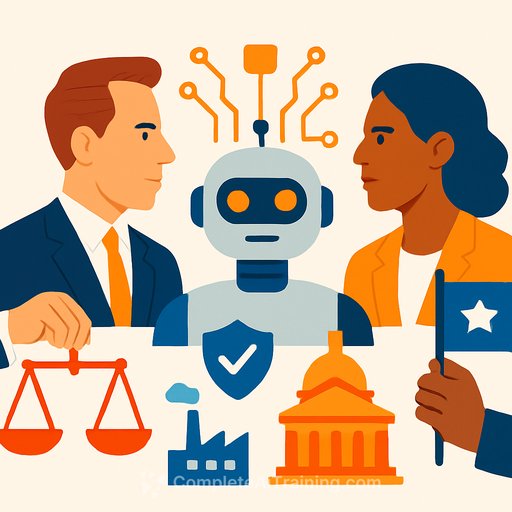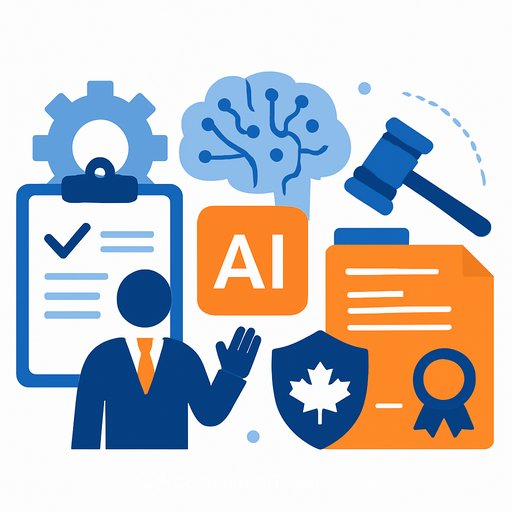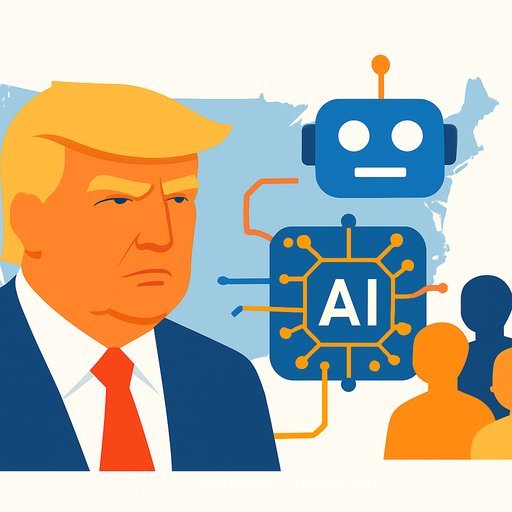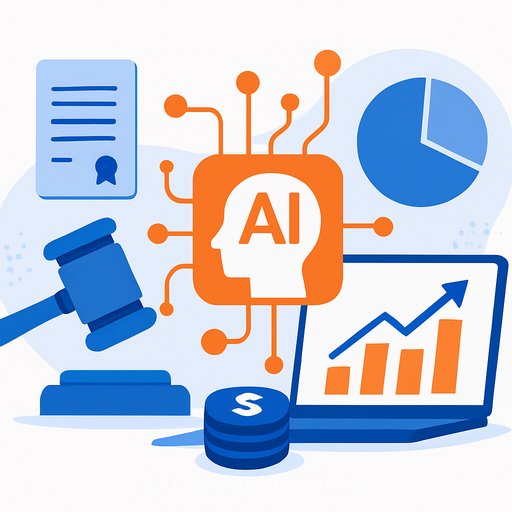Congress Tests a New Legal and Regulatory Regime for AI
Bipartisan momentum is converging on AI liability and oversight. Sen. Josh Hawley, with Democratic co-sponsors, rolled out two bills that would remake how AI products are built, shipped, and litigated.
For legal teams, the message is simple: treat advanced AI like a high-risk product line. Prepare for product liability exposure, pre-deployment review, and compelled disclosures that reach deep into model internals.
The AI LEAD Act: Treating AI as a Product
The AI LEAD Act would classify AI systems as products and create a duty to exercise reasonable care. Developers could face liability where a failure of reasonable care is a proximate cause of harm.
Covered harms include mental or psychological anguish, emotional distress, and behavior distortion offensive to a reasonable person. That moves AI exposure beyond bodily injury and property damage into claims that hinge on content, influence, and design choices.
Practically, expect plaintiffs to plead negligence plus product theories like design defect and failure to warn. Disclaimers and "beta" labels will not close the gap if foreseeability, testing, guardrails, and monitoring are thin.
Free Speech Friction: Algorithms, Outputs, and Duty of Care
Social platforms have enjoyed strong First Amendment defenses against a duty of care for curated speech. AI companies sit in a gray zone: model outputs may be treated more like product behavior than third-party speech.
Two cases-Garcia v. Character Technologies and Raine v. OpenAI-could clarify whether AI developers owe a duty of care when chatbots form intimate bonds that allegedly contribute to self-harm. Watch how courts analyze causation, foreseeability, and whether safety mitigations were reasonable given known risks.
The Artificial Intelligence Risk Evaluation Act: Federal Preclearance for Advanced AI
A second bill, the Artificial Intelligence Risk Evaluation Act, would require advanced AI developers to submit model details to the Department of Energy (DOE) for testing and approval before deployment. The program would collect data on adverse incidents: threats to critical infrastructure, loss of control, and erosion of civil liberties, competition, and labor markets.
Developers could be compelled to provide source code, training data, model weights, and interface logic on request. The program must also assess the potential for artificial superintelligence and may recommend measures up to and including nationalization. Noncompliance before deployment could trigger a $1 million daily fine.
This functions as a preclearance regime-a federally mandated veto point, as one policy analyst put it. Expect disputes over trade secrets, compelled disclosure, prior restraint, and the breadth of "advanced AI."
What Legal Teams Should Do Now
- Map products and features that meet "AI system" definitions; decide where to ring-fence models as products vs. services.
- Stand up a reasonable-care evidence trail: risk assessments, red-teaming, child-safety scenarios, bias tests, and incident response runbooks.
- Refresh warnings and user onboarding for foreseeable misuse and psychological harms; log user-safety interventions.
- Institute evaluation gates before major model or prompt-routing changes; require sign-offs from legal, security, and safety.
- Align contracts: vendor diligence, audit rights, model update SLAs, indemnity, and incident reporting.
- Prepare for DOE inquiries: who owns disclosures, how to segregate trade secrets, and what to withhold under privilege.
- Update insurance: product liability, tech E&O, media, and cyber; confirm mental anguish coverage and defense cost triggers.
- Preserve evidence: model versions, weights, training data lineage, eval results, and safety thresholds tied to release dates.
- Brief boards on preclearance timing risk and potential deployment holds; build a plan for staged rollouts by jurisdiction.
Litigation Outlook
Expect filings that blend negligence with product liability and claims for emotional distress. Plaintiffs will target design choices (safety rails, escalation flows), warnings, and monitoring obligations.
Causation will be the central fight: Was the model's behavior a substantial factor, and was the harm foreseeable? Defense strategies will lean on rigorous pre-release testing, user controls, and documented interventions.
Open Questions for Counsel
- How "advanced AI" is defined for preclearance and whether thresholds capture open-source releases.
- Whether compelled disclosure of code and weights survives First Amendment, trade secret, and takings challenges.
- If nationalization recommendations face constitutional limits or require separate enabling statutes.
- Preemption and choice-of-law in multistate product claims involving online deployment.
Timing and Business Impact
Neither bill is guaranteed to pass as written, but bipartisan interest points to tighter rules. Even the prospect of preclearance can slow release cycles, increase compliance costs, and shift liability posture for consumer-facing AI.
Firms that build a paper trail of reasonable care and readiness for DOE scrutiny will be positioned to move while others pause. That advantage compounds in both courtrooms and markets.
Further resources: The Department of Energy's mission and programs are a likely anchor for any federal evaluation regime. See the DOE overview at energy.gov. For risk controls that courts and agencies increasingly expect, review the NIST AI Risk Management Framework at nist.gov.
If your legal team needs structured AI literacy for policy and product reviews, see job-focused options at Complete AI Training.
Your membership also unlocks:






